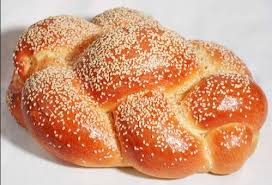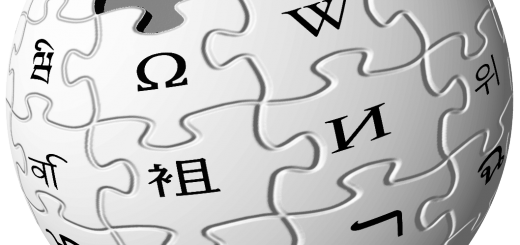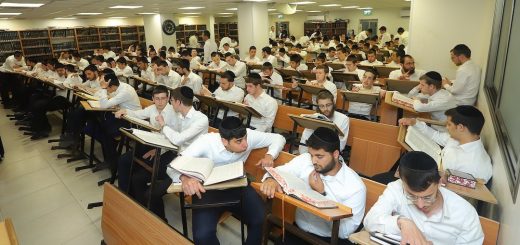Agudath Israel Condemns Biased UN Tribute to Terror Victims
The omission of any mention of Israeli victims of terrorism from an International Day of Remembrance of and Tribute to the Victims of Terrorism display at the visitors’ hall of United Nations headquarters is...










